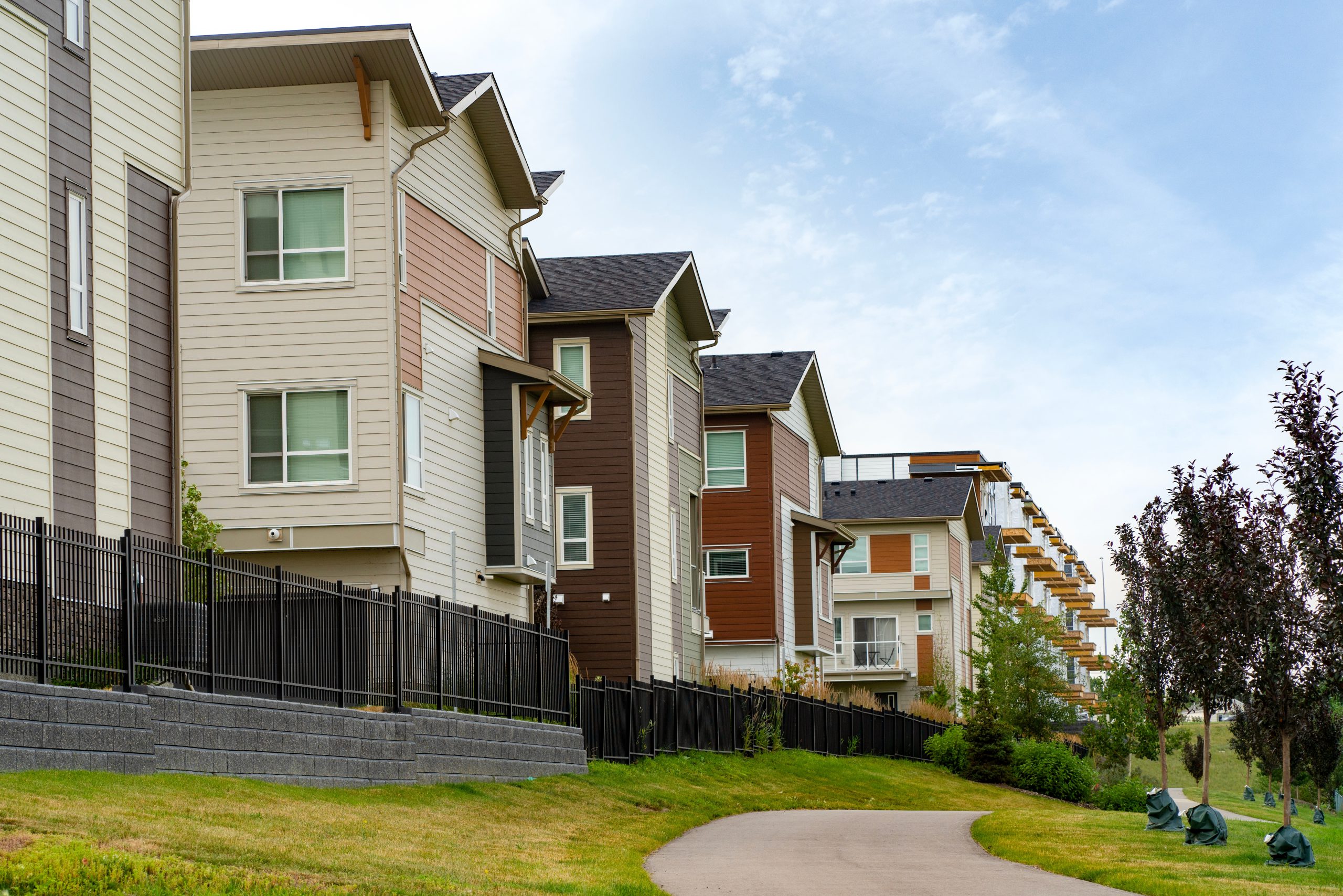
In a move designed to tackle housing affordability, Prime Minister Mark Carney has launched a new, multi-billion-dollar agency, Build Canada Homes, to increase the supply of affordable family properties.
Build Canada Homes will directly intervene in the housing market by partnering with the private sector.
The new strategy aims to increase the supply of affordable homes, reducing the levels of demand for existing homes that have bolstered prices for so long.
New projects will use only Canadian lumber, aluminium and other local materials – a promise that will ease the pain of tariffs imposed by the United States on Canadians.
The rental market has also garnered significant support.
To protect rental housing, a $1.5 billion Canada Rental Protection Fund will be managed by Build Canada Homes to acquire at-risk rental apartment buildings, ensuring their long-term affordability.
For homebuyers, especially young people and working families locked out of the market by prices that spiked in the Covid-era boom, the new agency promises a path to homeownership through three key benefits:
More homes for families
While the agency will focus on housing for low-income households, it is explicitly tasked with partnering with private market developers to build affordable homes for the Canadian families in all strata of society.
The agency will act as a “one-stop-shop” for builders, simplifying access to resources and approvals, which should ensure more projects get off the ground quickly.
An initial $13 billion capitalisation will enable Build Canada Homes to provide flexible financing and other incentives, removing financial barriers for builders.
Reduced costs and faster construction
Build Canada Homes will leverage its federal power to reduce two of the biggest factors driving up home prices – land cost and construction time.
By taking over the Canada Lands Company and using federal properties, including 88 public lands suitable for housing, the agency will remove significant upfront costs of land for affordable housing developments.
It will also insist on partners using modern construction methods, such as factory-built, modular and mass-timber housing. Through bulk procurement and long-term financing, this approach is projected to cut building times by up to 50% and reduce costs by 20%.
Mr Carney promised these efficiencies would be reflected in new housing prices.
De-risking projects for developers
The new agency will use public lands and strong financial incentives to “de-risk” large portfolio projects.
This public-private partnership model aims to encourage private builders to focus their capacity on meeting the demand for affordable housing, accelerating the national effort to double housing construction and stabilise the market.
Mr Carney stressed the creation of Build Canada Homes marked an unprecedented investment and a “transformative” shift in how Canada would address the housing situation.
The nation would “build its way toward a future where a home is once again within reach for the next generation”, he said.
To begin, Build Canada Homes will prioritise six sites to build 4,000 factory-built homes on federal land.
It will deploy a “direct-build” approach, overseeing and leading construction projects focused on affordable mixed-income communities. This first tranche of sites will be in Dartmouth, Longueuil, Ottawa, Toronto, Winnipeg, and Edmonton.
